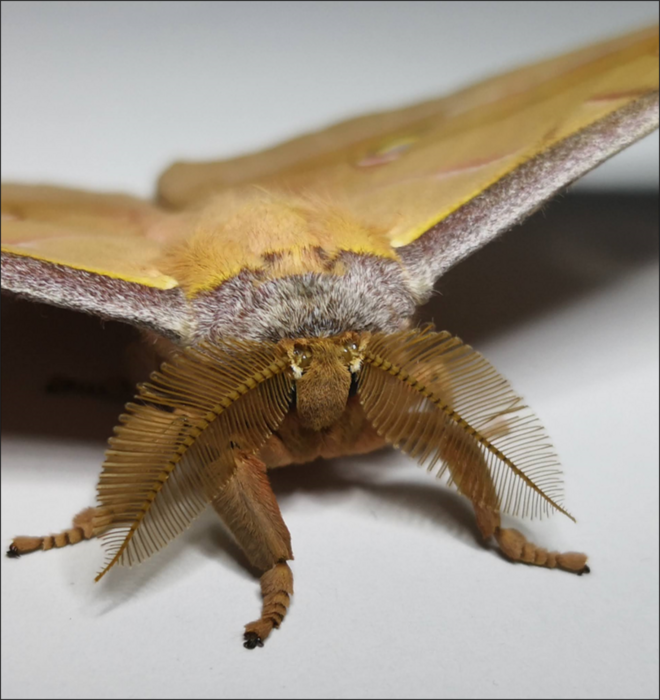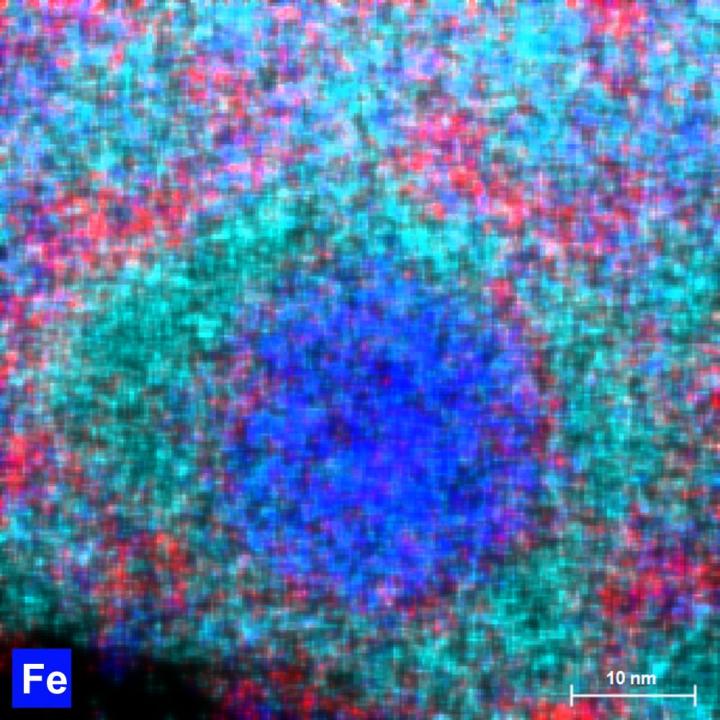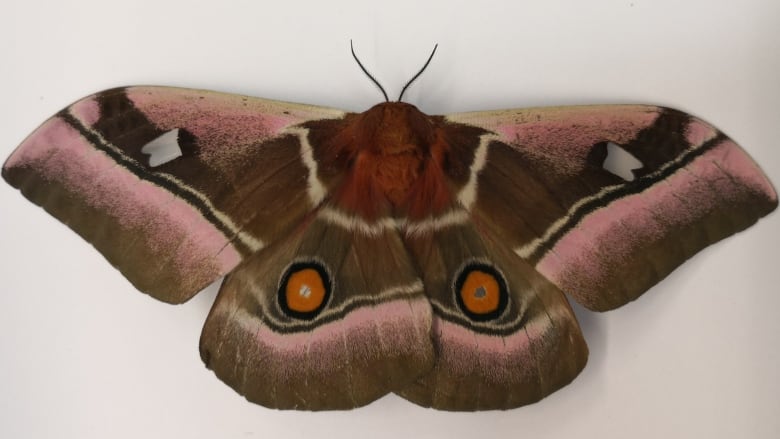As far as I can tell, 5G is still not widely deployed. At least, that’s what I gather from Tim Fisher’s article profiling the deployment by continent and by country (reviewed by Christine Baker; updated on June 2, 2022) on the Lifewire website, Note: Links have been removed)
5G is the newest wireless networking technology for phones, smartwatches, cars, and who knows what else, but it’s not yet available in every region around the world.
Some estimates forecast that by 2025, we’ll reach 3.6 billion 5G connections, a number expected to grow to 4.4 billion by 2027.
…
I skimmed through Fisher’s article and the African continent would seem to have the most extensive deployment country by country.
Despite the fact that we’re years from a ubiquitous 5G environment, enthusiasts are preparing for 6G. A June 1, 2022 news item on Nanotechnology Now highlights an upcoming conference and 6G summit in Grenoble, France,
Anticipating that 6G systems will offer a major step change in performance from gigabit towards terabit capacities and sub-millisecond response times, the top two European conferences for communication networks will meet June 7-10 [2022] to explore future critical 6G applications like real-time automation or extended reality, an “internet of senses”, sustainability and providing data for a digital twin of the physical world.
The hybrid conference, “Connectivity for a Sustainable World”, will accommodate both in-person and remote attendance for four days of keynotes, panels, work sessions and exhibits. The event is sponsored by the IEEE Communications Society and the EU Association for Signal Processing and will be held in the WTC Grenoble Convention Center.
“The telecom sector is an enabler for a sustainable world,” said Emilio Calvanese Strinati, New-6G Program director at CEA-Leti, which organized the conference. “Designed to be energy efficient, with low carbon footprints, telecoms will be a key enabler to reduce CO2 emissions in the ICT sectors. For example, 6G targets multi-sensorial virtual reality, e.g. the metaverse, and remote work and telepresence, which enable people to interact without travelling.”
The conference also will explore new smart network technologies and architectures needed to dramatically enhance the energy efficiency and sustainability of networks to manage major traffic growth, while keeping electromagnetic fields under strict safety limits. These technologies will form the basis for a human-centric Next-Generation Internet and address the European Commission’s Sustainable Development Goals, such as accessibility and affordability of technology.
The Grenoble gathering is the 31st edition of the EuCNC [EU-China Commission] conference, which merged two years ago with the 6G Summit. The joint conference was established by the European Commission for industry, academia, research centers and SMEs from across the ICT and telecom sectors to cooperate, discuss and help realize the vision for European technological sovereignty. It is intended to be held for in-person attendance, with remote attendance in a hybrid mode.
“The EuCNC and 6G Summit members are playing an important role in supporting the EU’s goal of European Sovereignty and cybersecurity in 5G and 6G in parallel with the French microelectronics industry’s support of the European Chips Act,” said Calvanese Strinati, who will help lead a workshop, “Semantic and Goal Oriented Communications, an Opportunity for 6G?”, on June 7.
Keynotes (all times CEST) [Central European Summer Time]
“Shaping 6G: Revolutionizing the Evolution of Networks”
Mikael Rylander, Technology Leadership Officer, Nokia/Netherlands
June 8: 9:15-10:00 am
“6G: From Digital Transformation to Socio-Digital Innovation”
Dimitra Simeonidou, Director Smart Internet Lab, Co-Director Bristol Digital Futures Institute, University of Bristol, UK
June 9: 8:30-9:15 am
“Going Beyond RF: Nano Communication in 6G+ Networks”
Falko Dressler, Professor, Technische Universität, Berlin
June 9: 9:15-10:00 am
…
For the curious, CEA-Leti, the organizing institution, is “a research institute for electronics and information technologies, based in Grenoble, France. It is one of the world’s largest organizations for applied research in microelectronics and nanotechnology.” (See the entire description in the CEA-Leti: Laboratoire d’l’électronique des technologies de l’information Wikipedia entry)
As for the ‘internet of senses’, perhaps I missed seeing it in the programme?
The co-chairs Pearse O’Donohue and Sébastien Dauvé offer a welcome on the 2022 conference/summit homepage that touches on current affairs, as well as, the technology,
We would like to welcome you to this edition of the conference, which is for the second time putting together two of the top European conferences in the area of communication networks: the European Conference on Networks and Communications (EuCNC) and the 6G Summit. After two years of restrictions due to the COVID-19 pandemic, we are delighted to host this hybrid conference in the city of Grenoble, located in the French Alps and recognised internationally for its scientific excellence, especially in the area of electronics components and systems. This is a testimony of the increased importance of microelectronics for European technological sovereignty and cybersecurity in 5G and 6G, in line with the European Chips Act recently proposed by the Commission.
The Russian war against Ukraine has disrupted the lives of millions of Ukrainians. Recognising the importance of connectivity, in particular in times of crisis and under these exceptional circumstances, the EU in cooperation with key stakeholders has taken measures to alleviate the consequences of the humanitarian crisis. These include resilience of networks within the country, free or heavily discounted international calls and SMS to Ukraine or free roaming to Ukrainian people that fled the war.
In the longer term, we need to make sure that trust, security and competitiveness of future technologies such as beyond 5G and 6G are ensured.
6G systems are expected to offer a new step change in performance from Gigabit towards Terabit capacities and sub-millisecond response times. This will enable new critical applications such as real-time automation or extended reality (“Internet of Senses”) sensing, collecting and providing the data for nothing less than a digital twin of the physical world.
Moreover, new smart network technologies and architectures will need to drastically enhance the energy efficiency of connectivity infrastructures to manage major traffic growth while keeping electromagnetic fields under strict safety limits. These technologies will form the basis for a human-centric Next-Generation Internet and address Sustainable Development Goals (SDGs) such as accessibility and affordability of technology.
This year is an important milestone in the European research, development and innovation sphere towards 6G communications systems as it has seen the kick-off of the activities of the European partnership on Smart Networks and Services (SNS). This strategic public-private partnership has been established in November 2021 as one of the Horizon Europe Joint undertakings. The SNS partnership should enable European players to develop the technology capacities for 6G systems as basis for future digital services towards 2030. Its focus extends beyond networking, spanning the whole value chain, from components and devices to the Cloud, AI and Cybersecurity.
In January 2022, the first SNS JU [Joint Undertaking] calls for proposals has been launched, with a total budget of EUR 240 million. It sets out main complementary work streams spanning from 5G Evolution systems, research for radical technology advancement in preparation for 6G, proof of concepts including experimental infrastructures; up to large scale trials and pilots with vertical industries. We are excited and cannot wait for the selected projects to be launched next autumn, thus joining the big family of the EU projects that you will be able to discover and liaise with during this conference.
…
Karl Bode’s June 2, 2022 article, “6G Hype Begins Despite Fact 5G Hasn’t Finished Disappointing Us Yet,” on Techdirt offers a more measured response to the 6G hopes and dreams offered by O’Donohue, Dauvé, and the others hyping the next technology that will solve all kinds of problems.




